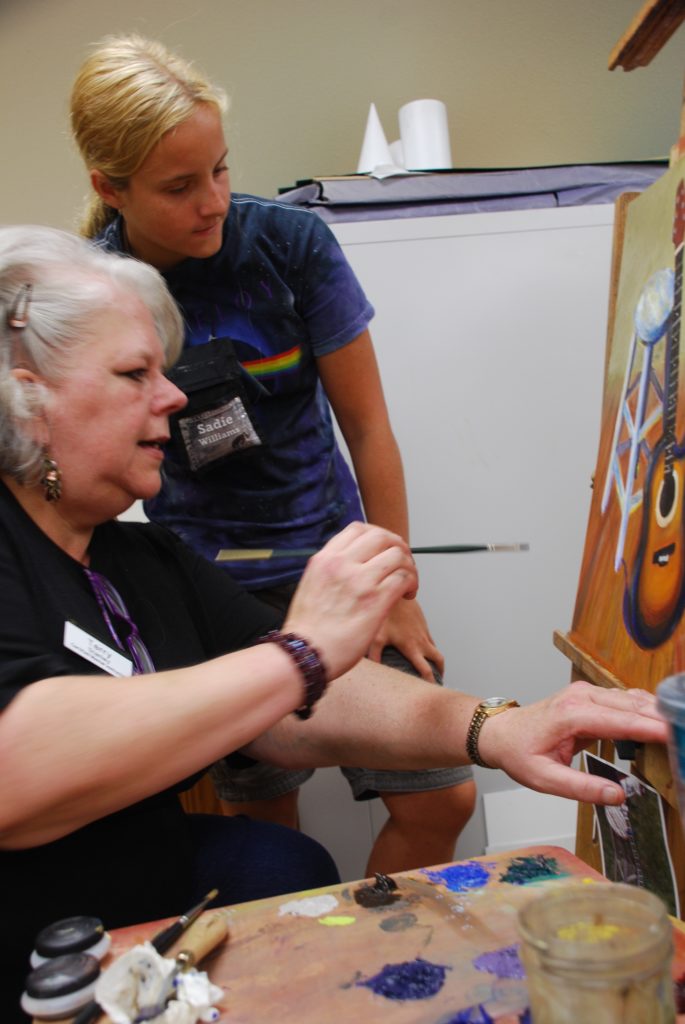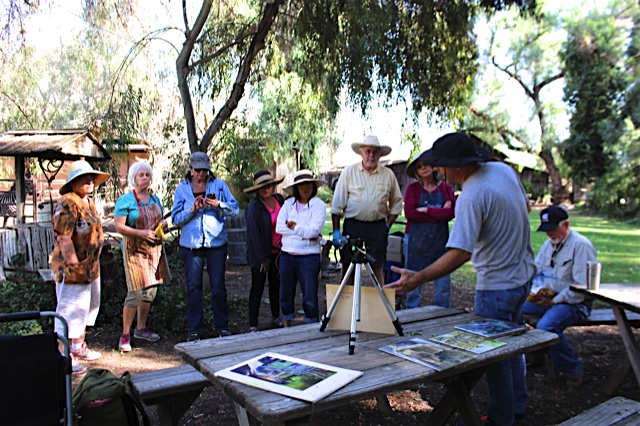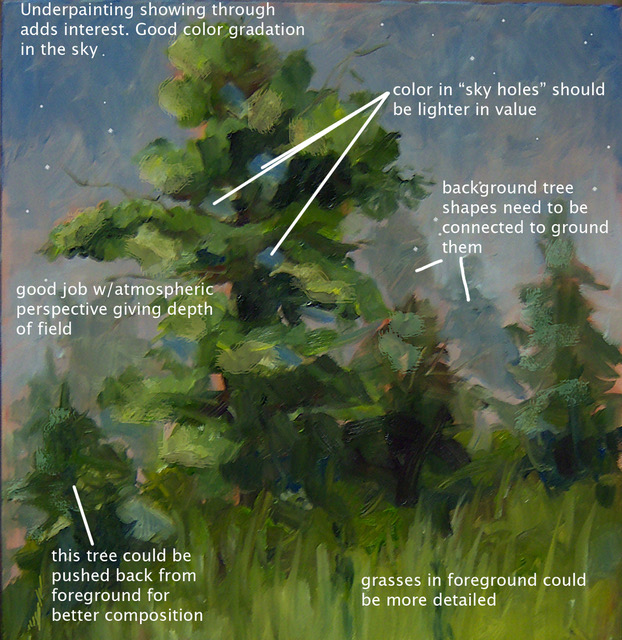On Art Critiques > Terry Stanley, an artist and art industry veteran who launched the Jack Richeson School of Art and marketed its art materials before retiring, offers what she has learned about the art of the critique in this special feature.
The Merriam-Webster dictionary defines critique as “a careful judgment in which you give your opinion about the good and bad parts of something (such as a piece of writing or a work of art).” What isn’t mentioned is the fact that there is an art to giving a critique as well as to receiving one.
Critique is a valuable tool which artists are exposed to as soon as they show their first piece of art to another person, and continues throughout their artistic life. If you think about it, you’ll realize that self-critique happens every time you make a correction in your artwork. Critique happens when you ask a friend what they think of a piece you’re working on. It happens when your work is hanging in a show and passers-by comment. More formal critiques happen in classes, workshops, competitions, and focused critique sessions offered to individuals or groups by a professional artist/instructor.

In the course of my career, I have been fortunate to have received the benefit of critiques from many excellent professionals. Some were quite harsh but veracious, some gentle and inane. As I developed as an artist and instructor, I worked on becoming someone who could deliver educated opinions that are accurate, pragmatic, and encouraging.
There are several aspects to consider in giving a formal critique. I believe an instructor should:
* Ask the artist if there any areas of concern in the artwork and what he or she thinks are the most successful parts
* Take the time to carefully look for all the hallmarks of a good piece of art. Composition, color use, perspective, proportion, technique, mastery of the applicable medium, etc. Take notes. The artist’s efforts are due the honor of careful consideration.
* Relay first what is right with the artwork. A dose of praise makes what follows more palatable.
* Start with the top three perceived flaws, and remember, kindness and honesty are not mutually exclusive. If the artist is receiving the information well, move on to other corrections that are needed.
* Offer suggestions on how to fix the items needing attention and/or where the artist might find those answers.
I have found digital media to be a very useful tool in giving critiques. If possible, I like to take a picture of the artwork being critiqued, open it in Photoshop, and mark up the image as the critique proceeds. Not only does this provide visual cues along with my narrative, but I can later e-mail the marked-up image to the artist. If I’m doing a phone or online critique, I usually also provide a written summary of my opinions.

Creating art is a very personal endeavor, and receiving a critique can be intimidating! It’s important to remember that critique is a tool to assist you in your artistic growth, and it’s not a personal attack. If you have sought out the critique, chances are the person giving it is someone you respect and he or she is doing the job you’ve asked them to do. If they are successful in that job, you will come away from the critique with important information that will make you a better artist.
Visit EricRhoads.com to find out all the amazing opportunities for artists through Streamline Publishing, including:
– Online art conferences such as Plein Air Live
– New video workshops for artists
– Incredible art retreats
– Educational and fun art conventions, and much more.
> Subscribe to Plein Air Today, a free newsletter for artists
> Subscribe to PleinAir Magazine so you never miss an issue






This was a very good article, wise advice.
One thing that new artists should particularly keep in mind regarding critiques and opinions is don’t ask your family members or friends. Unless they are trained in art, have lots of experience and really understand the process, the most that an untrained person can give you is their opinion on whether they like it or not which is of no value to you as an artist. Generally, family want to support and praise your efforts; sometimes they can wipe out your confidence when their meaningless, uneducated opinion is actually valueless. This situation does create a conundrum: how do you find someone to help you/critique. Find a real artist whose work you admire or respect, many do workshops, and frequently they will provide critiques.
If you are swimming in the mire of uncertainty and lack of resources/access, grab a mirror and look at your piece in reverse; that can really help. Also, checkout the internet for paintings by artists you admire/respect to which you can compare your piece and be honest/ruthless in your comparison noting how your piece could be improved and what you did right. It is really important to see other Artists’ work and use those to help you grow. It really can help. Try to copy a painting you admire so you can learn from it. That’s what the Masters did.